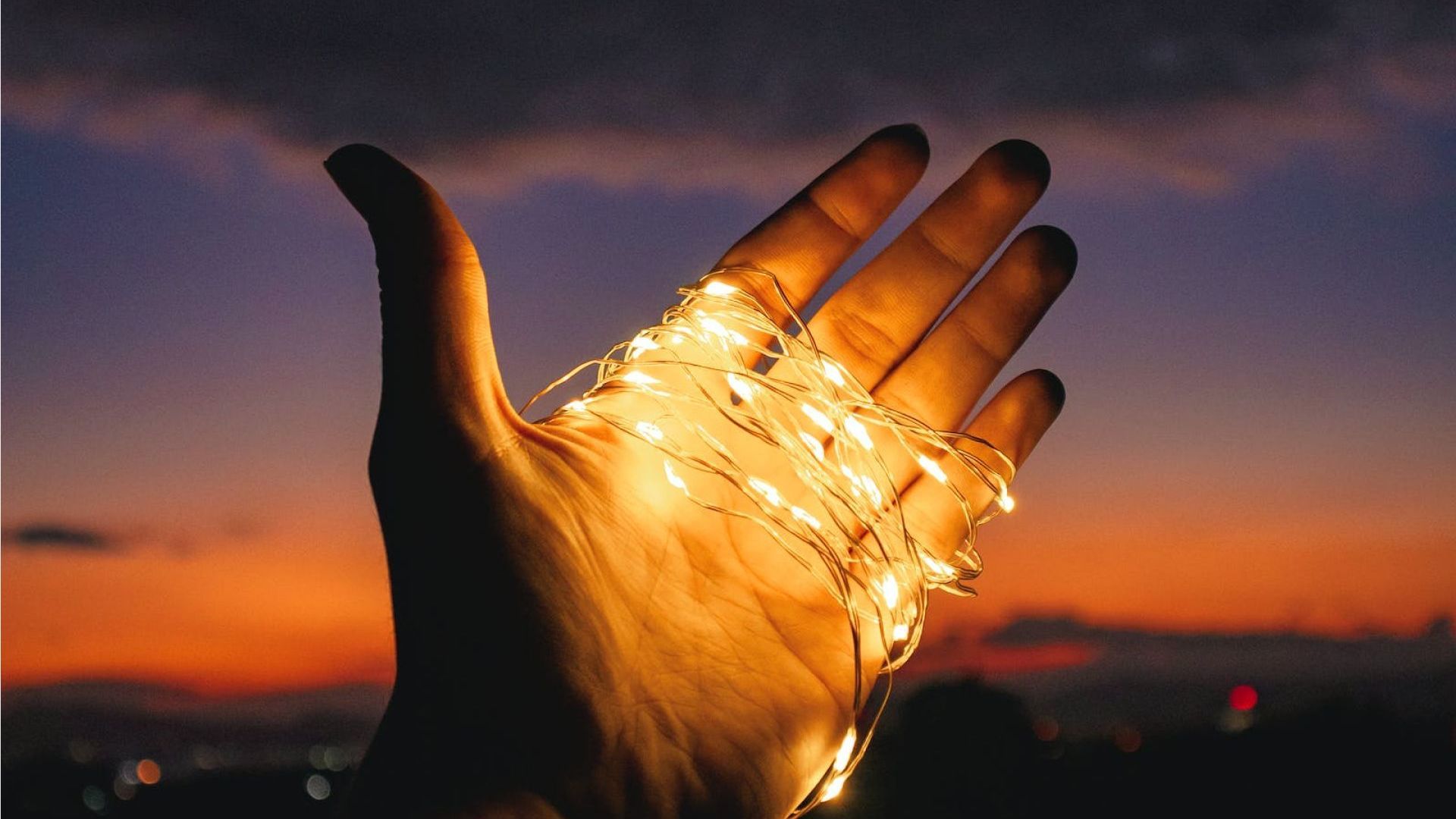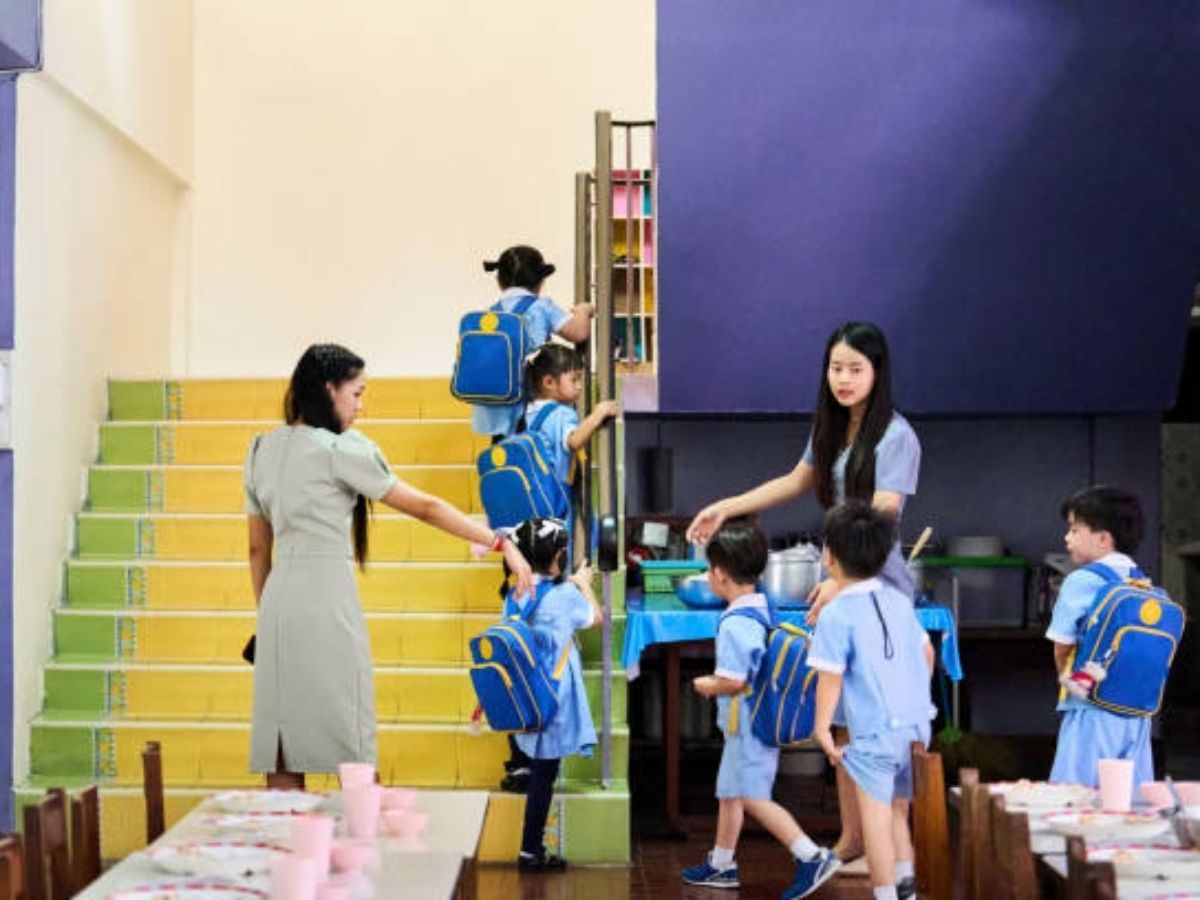Article
Best Sessions for Teachers and Caregivers
The Importance of Professional Development
Professional development plays a crucial role in the growth and success of teachers and caregivers. It equips them with the skills, strategies, and knowledge necessary to enhance their practice and support their students effectively.
Enhancing Skills and Knowledge
Participating in professional development sessions allows educators and caregivers to stay current with the latest teaching strategies and research. This ongoing learning helps them refine their skills and discover innovative ways to engage their students.
Classroom Management:
- Improvement Percentage: 60%.
Instructional Strategies:
- Improvement Percentage: 75%.
Social-Emotional Techniques:
- Improvement Percentage: 50%.
The above table illustrates the areas where teachers and caregivers commonly report skill improvements after attending professional development sessions.
Benefits for Teachers and Caregivers
Engaging in professional development offers various benefits that extend beyond skill enhancement. These advantages include increased job satisfaction, improved student outcomes, and greater collaboration among staff.
Job Satisfaction:
- Description: Higher sense of accomplishment and morale.
Student Performance:
- Description: Positive impact on student learning results.
Professional Networking:
- Description: Opportunities for collaboration and support.
The table above highlights key benefits that both teachers and caregivers experience from continuing education. By participating in these sessions, they not only foster their own growth but also enhance the learning environment for their students.
Identifying the Best Sessions
Identifying effective professional development sessions can significantly enhance the practices of teachers and caregivers. This section highlights three vital areas: effective classroom management, differentiated instruction, and social-emotional learning.
Effective Classroom Management
Effective classroom management is essential for creating an environment conducive to learning. Training sessions in this area can equip educators with strategies to maintain order, engage students, and foster positive behavior.
Establishing Routines:
- Key Strategies: Develop and implement clear procedures and expectations.
Engagement Techniques:
- Key Strategies: Use interactive activities to capture student interest.
Conflict Resolution:
- Key Strategies: Utilize methods for addressing disruptive behavior effectively.
Differentiated Instruction
Differentiated instruction is tailored to meet the diverse needs of students. Sessions that focus on this approach help educators learn how to adapt lessons for varied learning styles, readiness levels, and interests.
Flexible Grouping:
- Key Concepts: Organize students based on their needs and skills.
Varied Instructional Strategies:
- Key Concepts: Incorporate diverse teaching methods such as visual, auditory, and kinesthetic approaches.
Assessment Techniques:
- Key Concepts: Implement ongoing assessments to inform instructional practices.
Social-Emotional Learning
Social-emotional learning (SEL) is vital for students' personal development and academic success. Training in this area enables teachers and caregivers to support students in developing emotional intelligence and effective interpersonal skills.
Prioritization
- Identifying the most important tasks to focus on first.
Planning
- Creating a schedule to allocate time for each task.
Goal Setting
- Establishing clear, achievable objectives to stay motivated.
Avoiding Procrastination
- Implementing strategies to tackle tasks without delay.
Reviewing Progress
- Regularly assessing completed tasks and adjusting plans as needed.
Focusing on these sessions can empower teachers and caregivers to create a more effective and supportive educational environment. By enhancing their skills in classroom management, differentiated instruction, and social-emotional learning, educators can better meet the needs of their students.
Nurturing Inclusive Environments
Fostering inclusive environments is crucial for the growth and development of all learners. This section explores three key areas: culturally responsive teaching, creating safe spaces, and supporting diverse learners.
Culturally Responsive Teaching
Culturally responsive teaching involves recognizing and incorporating students' cultural backgrounds into the educational process. This approach helps promote engagement and respect among students from various backgrounds. Educators can enhance their practices by embracing cultural diversity within their classrooms.
Health Benefits
- Regular exercise improves cardiovascular health.
- Reduces the risk of chronic diseases such as diabetes and obesity.
Mental Well-Being
- Physical activity helps reduce symptoms of anxiety and depression.
- Enhances mood and overall mental clarity.
Social Interaction
- Provides opportunities to meet new people and build friendships.
- Encourages teamwork and collaboration through group activities.
Creating Safe Spaces
Creating safe spaces in educational settings is vital for facilitating open dialogue and trust among students. Safe spaces allow learners to express themselves without fear of judgment. This supportive environment can enhance emotional well-being and foster a sense of belonging.
Cognitive Development
- Enhances vocabulary and language skills.
- Improves concentration and focus.
Emotional Growth
- Encourages empathy by allowing readers to understand different perspectives.
- Provides an escape and reduces stress through engaging stories.
Knowledge Expansion
- Increases knowledge on various topics and cultures.
- Stimulates imagination and creativity through diverse narratives.
Supporting Diverse Learners
Supporting diverse learners includes understanding and addressing the various needs of students. This involves differentiating instruction and adapting teaching methods to cater to different learning styles. Educators can create tailored strategies to ensure all students have equal access to educational opportunities.
Strategies for Supporting Diverse Learners
- Flexible Grouping
- Groups students based on their needs and strengths for collaborative learning.
- Personalized Learning Plans
- Develop individual strategies to meet the unique needs of each learner.
- Ongoing Assessment
- Regularly assess student progress to adapt teaching methods accordingly.
By focusing on culturally responsive teaching, creating safe environments, and supporting diverse learners, educators can cultivate an inclusive atmosphere that benefits all students.
Strengthening Communication Skills
Effective communication is essential in the educational environment, fostering collaboration and understanding between teachers, caregivers, and families. This section highlights key areas to focus on for improving communication skills.
Parent-Teacher Collaboration
Building a strong partnership between parents and teachers is vital for student success. Collaborative efforts can lead to a better understanding of each child's needs and support strategies. Effective communication strategies include regular updates, scheduled meetings, and open lines of dialogue.
Enhanced Creativity
- Combining diverse perspectives leads to innovative solutions.
Increased Efficiency
- Team members can share tasks, reducing individual workloads.
Improved Problem-Solving
- Collaboration allows for brainstorming and more thorough analysis.
Stronger Relationships
- Working together fosters trust and camaraderie among team members.
Skill Development
- Teamwork provides opportunities to learn from one another.
Effective Feedback Strategies
Providing feedback is a crucial aspect of communication in education. Offering constructive and timely feedback helps both students and parents understand areas of strength and opportunities for growth. Feedback should be specific, actionable, and focused on the student's progress.
Vision
- Leaders have a clear and compelling vision for the future.
Communication
- Effective leaders communicate openly and transparently with their teams.
Integrity
- Leaders act with integrity and are consistent in their values and actions.
Empowerment
- They empower their team members by providing opportunities for growth and development.
Adaptability
- Effective leaders are adaptable and can adjust their strategies based on changing circumstances.
Building Positive Relationships
Establishing and maintaining positive relationships is fundamental in creating a supportive educational atmosphere. Strong relationships between teachers, caregivers, and students can enhance the learning experience and encourage student engagement.
Communication
- Sharing information clearly and effectively.
Collaboration
- Working together towards common goals.
Conflict Resolution
- Addressing disagreements constructively.
Adaptability
- Being flexible and open to change.
Accountability
- Taking responsibility for individual contributions.
Focusing on these areas enables teachers and caregivers to enhance their communication skills effectively. Their efforts contribute to creating an environment where students can thrive academically and emotionally.
Embracing Technology in Education
As education continues to evolve, the integration of technology has become essential for enhancing the learning experience. This section outlines key areas where technology can be effectively utilized in educational settings.
Integrating Tech Tools in Teaching
The use of technology in teaching allows educators to create interactive and engaging learning environments. Various tools can facilitate collaboration, foster creativity, and enhance student participation.
Fruits and Vegetables
- Essential for vitamins and minerals.
Whole Grains
- Provide fiber and energy.
Protein
- Important for muscle growth and repair.
Dairy
- Source of calcium for strong bones.
Hydration
- Necessary for overall health and well-being.
By incorporating these tech tools into their teaching methods, educators can address various learning styles and improve student outcomes.
Online Learning Platforms
Online learning platforms have transformed how educators deliver instruction and how students access information. These platforms offer a variety of courses and resources that can extend learning beyond the traditional classroom setting.
Physical Health
- Improves cardiovascular fitness.
Mental Health
- Reduces symptoms of anxiety and depression.
Weight Management
- Helps maintain a healthy weight.
Increased Energy
- Boosts overall energy levels.
Improved Sleep
- Enhances the quality of sleep.
These platforms provide flexibility and convenience, making learning more accessible to both educators and caregivers.
Digital Literacy and Cybersecurity
With the increasing reliance on technology, digital literacy and cybersecurity have become vital components of education. Educators must ensure that they and their students understand how to navigate online environments safely and responsibly.
Clarity
- Messages are straightforward and easy to understand.
Active Listening
- Fully engaging with the speaker and providing feedback.
Empathy
- Understanding and acknowledging the feelings of others.
Confidence
- Delivering messages assertively and with self-assurance.
Respect
- Valuing the opinions and perspectives of others.
Fostering digital literacy and awareness of cybersecurity helps create a safer and more informed learning experience. By embracing technology in education, teachers and caregivers can effectively prepare students for a digital world.
Self-Care and Wellness
Prioritizing self-care and wellness is essential for teachers and caregivers to maintain their effectiveness and overall wellbeing. This section delves into various techniques and strategies that can enhance personal health and work satisfaction.
Stress Management Techniques
Managing stress is vital for educators and caregivers to prevent burnout and maintain a positive environment. Various strategies can be employed:
Identify the Problem
- Clearly define the issue that needs to be addressed.
Gather Information
- Collect relevant data and insights to understand the context.
Generate Options
- Brainstorm possible solutions and alternatives.
Evaluate Solutions
- Assess the pros and cons of each option.
Implement the Solution
- Put the chosen solution into action and monitor its effectiveness.
Work-Life Balance
Achieving a healthy work-life balance is crucial for sustaining motivation and productivity. Effective strategies can include:
Skill Development
- Enhances knowledge and abilities in specific areas.
Career Advancement
- Opens up new opportunities for promotions and raises.
Personal Growth
- Fosters self-confidence and personal fulfillment.
Adaptability
- Prepares individuals to handle changes in the workplace.
Networking Opportunities
- Connects learners with professionals in their field.
Mindfulness and Wellbeing
Incorporating mindfulness practices can significantly improve mental and emotional health. Various approaches can be utilized:
Clear Goals
- Establishing shared objectives for the team to strive towards.
Effective Communication
- Ensuring open dialogue among team members to share ideas and feedback.
Defined Roles
- Assigning specific responsibilities to each team member to enhance accountability.
Mutual Respect
- Fostering an environment where all contributions are valued and appreciated.
Collaboration
- Encouraging teamwork to leverage diverse skills and perspectives.
Focusing on self-care and wellness helps teachers and caregivers sustain their passion for education while maintaining health and happiness in their careers. By implementing these strategies, they can enhance their effectiveness and create a more fulfilling environment for themselves and those in their care.
Sources
https://activatedinsights.com/topics-to-train-caregivers
https://www.healthiergeneration.org/tips-to-build-strong-caregiver-teacher-relationships
Read:
What is Your Identity in Christ?
Watch: Identity & Action
TAGS:
Black Lives Matter | Martin Luther King Jr. |
Race and Ethnicity
LCBC stands for Lives Changed By Christ. We are one church in multiple locations across Pennsylvania. Find the location closest to you or join us for Church Online. We can’t wait to connect with you!
share this
Related Articles
Related Articles
STAY UP TO DATE
GET PATH'S LATEST
Receive bi-weekly updates from the church, and get a heads up on upcoming events.
Contact Us









